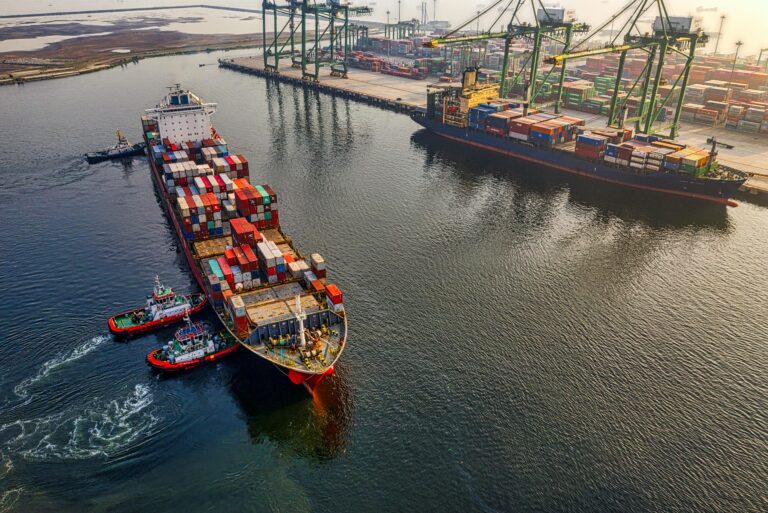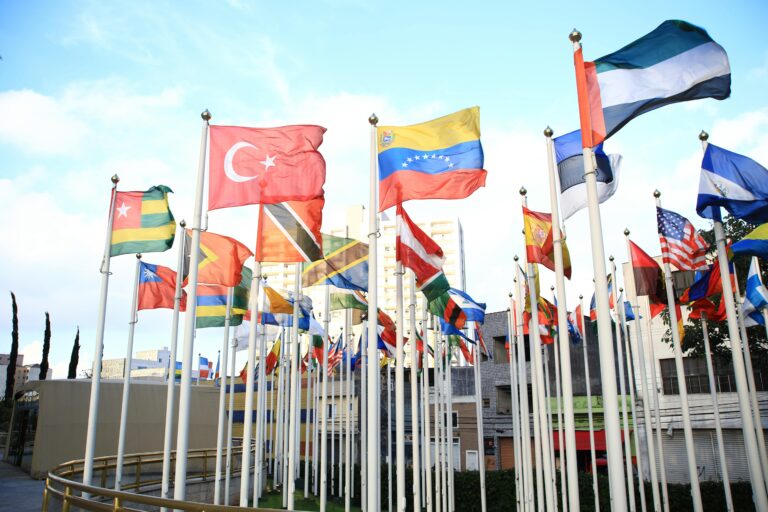In ecommerce, it’s never too early to plan for the next peak shopping season. Given the current challenges of global uncertainty combined with the lingering effects of Covid, it has never been more important for brands and retailers wanting to prioritise the customer experience to optimise logistics and fulfilment operations.
Inherent Logistics Challenges
Logistics has never been an easy or predictable industry. Storms at sea, pirates on shipping routes, thieves on trading roads, drought and countless other challenges have been part of the logistics picture for centuries.
Today, logistics is more complex than ever. Product materials are sourced in multiple countries, assembled in yet another, shipped to another, trucked to a warehouse, and finally transferred to a delivery service. Within that system are hundreds of people speaking different languages, using dozens of software programs, and operating across multiple time zones.
In addition, forecasting and managing stock is a constant challenge for brands and retailers. This is especially true for seasonal items. Getting it wrong results in higher costs, too much unsold stock as well as a high return rate which can negatively impact a brand’s ability to retain its customers and even harm a brand’s reputation.
On top of the physical complexities of getting merchandise from sourcing to doorstep, ever-changing regulations often leave brands and retailers scrambling to keep up and keep compliant. Brexit and Import One Stop Shop (IOSS) in Europe have had significant impacts on sales. These changes had significant impacts on merchants’ abilities to ship cross-border and created a gap around returned goods and cashflow.
Persistent Pandemic-Related Challenges
On top of the day-to-day challenge of supply chain management and logistics that existed before Covid, the pandemic brought even more headaches to the table. Logistics professionals already know that the supply chain is only as strong as its weakest link. When the pandemic hit, it exposed the supply chain’s fragility to customers around the world. Global brands and retailers were forced to pivot.
Many merchants chose to optimise logistics by diversifying warehousing strategies. Prior to the pandemic, brands and retailers shipped from only a handful of locations. But when shipping prices skyrocketed, these brands took a hit and began to reallocate stock to different hubs and reduce delivery times to the end user. The brands that come out on top are those that choose to partner with reactive logistics companies that have the appropriate technology to support a multiple-region hub approach that saves merchants time and money.
Peak Shopping 2022
Even as brands and retailers continued to sort out supply chain and stock issues and optimise logistics, consumers again took part in peak shopping seasons last year. By most accounts, Americans spent more money during the peak holiday shopping season in 2022. To entice buyers, many merchants offered deeper-than-usual discounts or extended their promotional periods and ran sale events over multiple weeks instead of over a day or two.
This shift in retail and ecommerce strategy affects logistics. Brands must anticipate, plan and optimise logistics so that any disruption does not negatively impact the customer. In short, adaptation is essential in this environment.
David Emerson, SEKO Logistics’ Chief Commercial Officer, EMEA says, “In an ever-changing world the main motto has always been ‘agility’. To adapt, we need to be extremely agile. Freight capacity, work force, space, customer service are common touch points for which we know we must plan well and act fast to answer professionally the challenges our customers can face.”
Smart Strategies for 2023

Like the last two years, 2023 is shaping up to be uncertain. A perfect storm of economic downturn, war in Ukraine, and ongoing Covid infection spikes all threaten global shipping and logistics.
Whatever the challenges, brands, and retailers can still plan to expand into new markets. Brands can prioritise and optimise logistics within domestic regions and can expand direct-to-consumer (DTC) ecommerce to new countries and regions as a hedge against economic uncertainty. Emerson recommends:
- Check: The core control tower team should analyse the previous two years of omnichannel data starting in February 2023, review suppliers’ performance and plan ahead.
- Challenge: Review the supply chain strategy. For instance, setting up a closer-to-market strategy or hybrid strategy and mixing in-market stock and cross-border shipping.
- Create: Keep innovating adjacent products and services next to your core products and consider boosting your sales by developing new markets. If you don’t have this expertise internally, turn to a partner with deep experience and capabilities in selling products and managing logistics internationally to facilitate a growth plan in DTC ecommerce selling, shipping and fulfilment.
The Takeaway
Optimising logistics requires skill and understanding. But when done strategically and thoughtfully, it can yield better bottom-line results and a competitive advantage. In retail and ecommerce, the stakes are always high so brands should consider partnering with companies that can tackle complex issues like logistics and smooth the path to building loyal customers while achieving higher revenue.
The value of engaging the right partner cannot be overstated. When it comes to ecommerce, you need a partner you can rely on from the moment a shopper lands on your homepage to the moment their package is delivered. Contact us today to see how we can help your brand grow.





